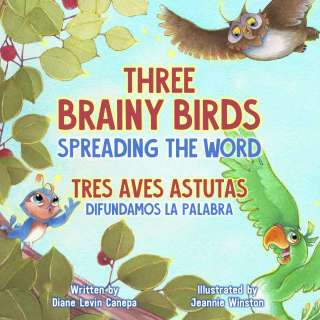Temper tantrums are a normal part of growing up. While you can’t stop them entirely, you can help your toddler avoid traumatic meltdowns.

Being a toddler can be a frustrating experience. They’re old enough to crave some control over their lives. But they don’t yet have the language and logical thinking to fully communicate what they want, feel, or need. Tantrums can be one of the ways that your toddler expresses their feelings and tries to understand what’s going on around them. As your child gets older, they might start testing out their independence and discover that tantrums can control others’ behavior.
As a caregiver, you can help your toddler navigate through their temper tantrums. By remaining calm and lovingly guiding them, you can help make them more resilient and ensure the experience doesn’t become traumatic for your little one.
Most importantly, take a few deep breaths and try to stay calm.
Every caregiver has struggled to stay calm during a temper tantrum at one point or another. It’s not easy! If your child isn’t in danger of harming themselves or someone else, take a few minutes to calm yourself down before addressing them.
Before the tantrum builds, try to redirect your child.
When you see the warning signs of a tantrum, like whining or crying, try to engage your child in another activity. Point out something interesting, and ask them what they think. Make a silly face. Or wrap them up in a big, warm hug. Sometimes, you can avoid a full-blown temper tantrum by redirecting your child’s attention to something else.
If your child is at risk of harming themselves or someone else, take them to a quiet, safe place to calm down.
Temper tantrums can come with dangerous behaviors like biting, kicking, or flailing. If your child is at risk of harming themselves or someone else, calmly move them to a safe quiet space. If possible, firmly hold them in place until the tantrum subsides. After big moments like this, it’s important to let your child know that you still love and support them.
Address their emotions, and let them know it’s OK to have big feelings.
Validating their emotions shows them you understand what they’re going through. Try statements like, “I understand you’re sad we can’t eat ice cream for dinner. It’s OK to feel sad.” By validating your child’s feelings, you show them that you take them seriously and you accept them. This can help your child have less intense emotional reactions and be more willing to talk about their feelings in the future.
Be consistent with your approach to handling temper tantrums.
Inconsistency can add to your toddler’s feelings of being out of control, which can lead to further tantrums. By taking the same approach each time, you’re building boundaries that they know to follow. This makes it easier for them to stay calm even when they’re feeling tough emotions. Giving into tantrums from time to time teaches them that the tantrums work and can encourage them to keep using tantrums to get what they want.
Prevent future temper tantrums.
While you probably won’t be able to get rid of tantrums altogether, there are a few steps you can take to help prevent them:
Most importantly, ensure your child is getting enough sleep and eating regular, healthy meals. Irritability from tiredness or hunger is one of the biggest causes of temper tantrums in toddlers.
When appropriate, give your child options and allow them to make choices. This will give them the feeling that they have some control over their lives. Provide two different outfit options they can choose from, or ask if they’d like an apple or crackers for snack time.
Establish regular routines, and remind your toddler of what’s coming next. Knowing what to expect can give your toddler a sense of security, which can help reduce tantrums from feeling out of control.
Temper tantrums will happen from time to time, and that’s normal. Maintaining a calm, consistent approach to handling these emotional moments will help your toddler cope with their feelings in a healthy way. And it can help reduce tantrums over time.






